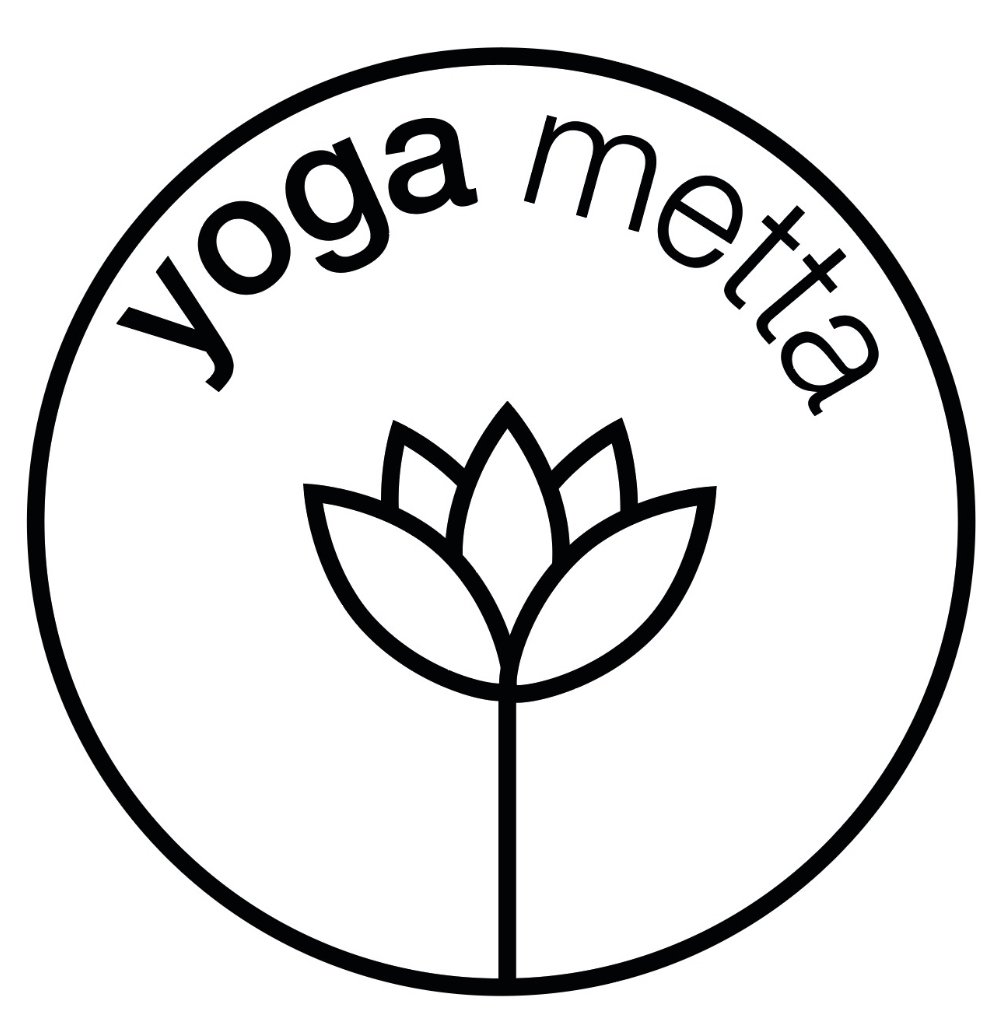The 3 Gunas
Workshops provide a little bit more time for us to to look into yoga philosophy and how to integrate it into our practice. This is from a recent introduction to a restorative workshop that took place at Yoga Metta.
Yoga means union, bringing balance to our mind, body, and emotions. Today, our focus is on the practical application of the Three Gunas, qualities in everything in the Universe, including within ourselves.
Analogy with Buckets of Water:
To start to understand the Gunas in our yoga practice, imagine three buckets of water. The first, Tamas, is clouded with mud, blocking our vision even on a sunny day. The second, Rajas, is agitated, with moving water, reflecting glimmers of light. The third, Sattva, is still and clear, perfect for light to shine through.
Imbalances and Emotional States:
The Gunas are ever-changing in our lives and practice. These constant fluctuations can impact our emotional states. As an example, too much Tamas may lead to feelings of stagnation or sadness, while too much Rajas could result in stress or anxiety.
Tamas (Laziness/stability):
Positives: Grounded quality and stillness in practice.
Negatives: Could manifest as laziness or inertia.
Ways to balance: Chest-opening poses and inversions to lift the mood and bring positive change. Movement can also combat lethargy.
Rajas (Discipline):
Positives: Zeal, passion, willpower, and discipline driving our practice.
Negatives: Forcing, potential injuries.
Ways to balance: forward bending for calming and quietening effects. Resting the forehead in poses can calm thoughts and quieten the breath.
Sattva (Harmony):
Positives: Harmony, balance, awareness, tranquility, and understanding.
Aspired quality: Acceptance of the constant interplay of the Gunas though. The interplay will return, so acceptance of change is important.
Moving towards Sattvic quality: Explore poses leading towards pranayama and meditation.
By balancing Sattva, Rajas, and Tamas, we move towards a more harmonious state of being.
